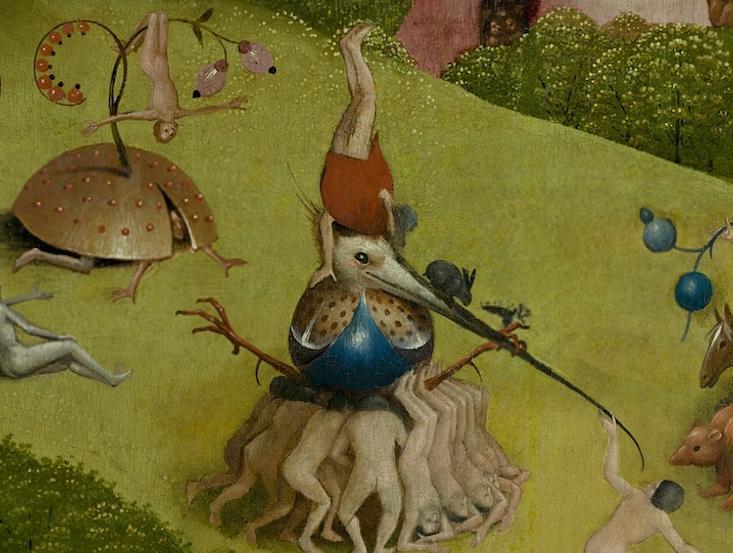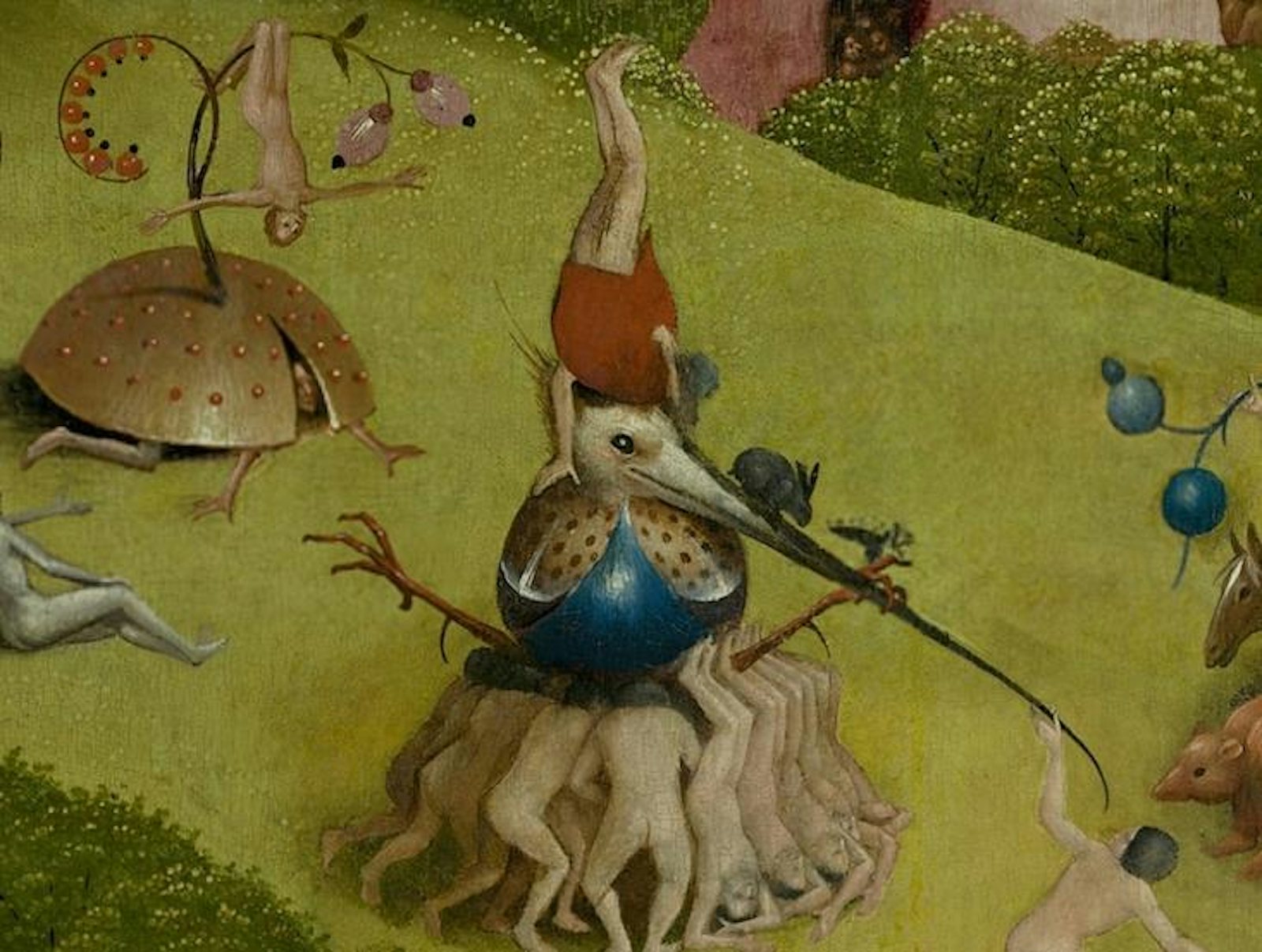
Alligators wandering through inundated streets, snakes hiding on porch doors, deer careening across neighborhoods, and other wild sights emerged in the aftermath of Hurricane Harvey. What else would you expect? Hurricanes can shift ecology in strange ways.
The Hawaiian island of Kauai gets overrun with feral chickens after hurricanes. In 1982 and 1992, after Hurricanes Iwa and Inika, respectively, chickens escaped coops and interbred across the island. Hurricane Georges, in 1998, swept the red fruit bat (Stenoderma rufum) onto islands east of Puerto Rico, where they were thought to be extinct. Hurricanes have even caused large, flightless animals, like howler monkeys, to split into other species.
Hurricanes also tweak the natural rhythms of organisms in human habitats in disturbing, impressive ways.
After Hurricane Sandy, pest controllers received an overwhelming amount of calls concerning rat infestations near storm shelters. In the wake of Harvey, entire colonies of fire ants, expelled from soil, linked their water-repellent bodies together into a raft. Encounters between one floating mound and another produced fights.
Non-native and invasive species of plants also break new ground in a hurricane. Ivan, in 2004, brought a wave of torpedograss onto the Gulf coast, and rattlebox rode in on Hurricane Opal’s coattails in 1995. In the Caribbean Sea, hurricanes can pound coral reefs, decreasing coral cover by 15 to 20 percent.
Hurricanes also loose harmful microbes. Following Hurricane Matthew in 2016, people feared the dispersal of the coastal water-loving Vibrio cholerae bacterium, which causes cholera. Hurricane Sandy, in 2012, also threatened a surge in E. coli populations, as raw sewage filled the streets.
When hurricanes tear apart cityscapes and shorelines, and humans rebuild them, the biosphere twists and turns, shuffling the ecological deck.
Silvia Golumbeanu is an editorial intern at Nautilus.






























